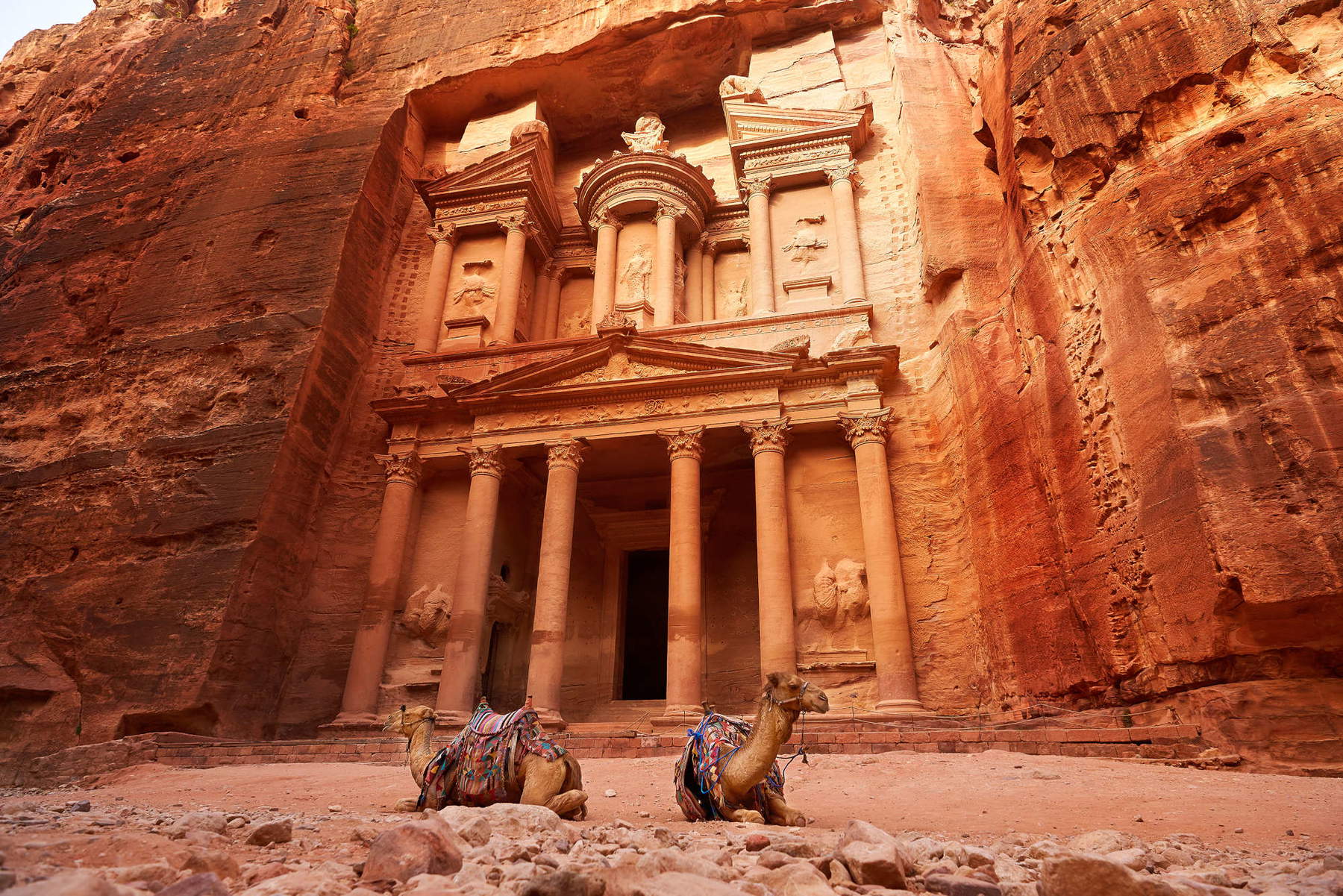Unesco sites and tourism: protection essential, but the Unesco label is often useful for promotion
There are Unesco sites that, we could say, do not need promotion: I am thinking for example of Venice or Petra. On the contrary: the problem is really to protect the site. So there are sites like Petra that benefit from this recognition, or should at least, especially in terms of the protection aspect. Petra is a huge site, almost 270 square kilometers: it has within it 800 monuments, but despite this vast area it suffers from overcrowding, or at least that was until a year ago, before the tensions and conflict across the border began. There have been years when Petra has exceeded one million visitors: a million visitors in such a large area might not even be too many (think of the Colosseum, which does 6 million visitors a year), yet these visitors are all concentrated at the same time, in the same places, on the same route, which is a bit of a funnel (from the visitor center to the monastery, which is the final part of this valley that forms the city of Petra, the one most traveled by tourists, the length is 8 km). I was there in July last year, and I was really unnerved myself, because it was impossible to even pause to look around and enjoy the site: there were too many people, people camel-riding, horse-riding, the groups, and the cruises that come to Aqaba, which is the port on the Red Sea and they stop there in the day and go to Petra and then they come like locusts (excuse the term, but they literally invade the site).
Under these conditions it is clear that the sites become at risk, and Unesco recognition is also at risk: in this sense, Petra took advantage (often crises are also opportunities) of the fact that the drop in tourist arrivals following the events in Israel on October 7, 2023 allowed the site and the digestion body to do some “cleaning,” and thus rid the site, for example, of all those commercial settlements (stalls, the one offering tea, the camel, the horse, the cart, anything and everything), but it had to do it by force, by police, because the people who were running these businesses (who are people who live on the edge of the site and were certainly economically advantaged) were participating in the welfare induced by the site, however they had somehow appropriated it in some way even illegally. So there are always many challenges, especially when sites attract so many visitors.

On the other hand, it must be said that Unesco recognition is important, not only for protection, but also for the purpose of tourism promotion when the sites are less well known. Jordan has seven Unesco sites: in addition to Petra one of the most famous is Bethany, which is the site of the baptism of Jesus of Nazareth, you visit the very site recognized by all religions as the site of the baptism, so it is part of the sites of the Holy Land, which is largely in Israel, Palestine, but also in Jordan: there are over 200 sites, and in fact for Jubilee 2025 there is a series of initiatives planned because the Holy Land is also an important theme for Jordan. As for the other five sites, they are places that often few people have heard of: yet they are sites where there are very interesting things culturally. However, if they were not Unesco sites, visitors would probably not even go there if we did not tell them that they enjoy this recognition.
So certainly being a Unesco site is a label that, beyond protection, also speaks to the value in this case cultural value of the sites-I think the theme takes different shades between protection and promotion depending on the places we are talking about. Certainly the key issue is, in my opinion, protection, but also making sure that these places are also enjoyed in the right way, so flow management becomes key. Petra, for example, was going to put in place a plan for mandatory online booking with the management of maximum visitor numbers by time slots and a ceiling for days because there were days, when there were tens of thousands of people in the site. And because the route is one, these numbers were in danger of no longer being sustainable.
Warning: the translation into English of the original Italian article was created using automatic tools. We undertake to review all articles, but we do not guarantee the total absence of inaccuracies in the translation due to the program. You can find the original by clicking on the ITA button. If you find any mistake,please contact us.



























